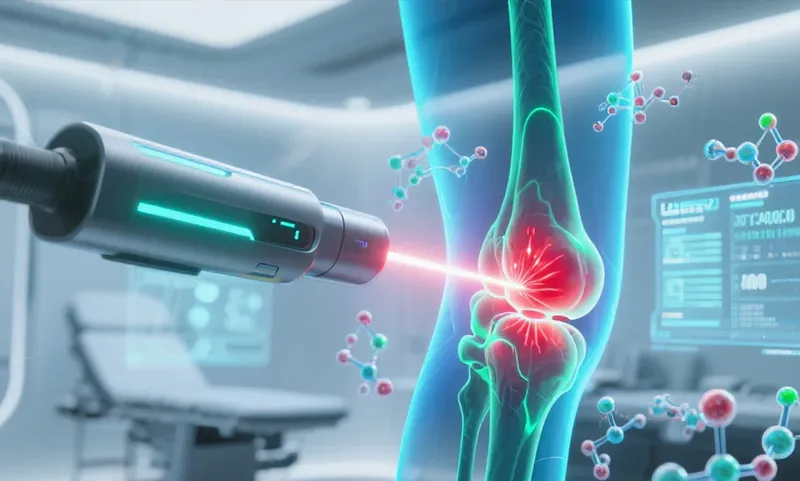
The Silent Crisis

The Silent Crisis: How Advanced Laser Technology is Revolutionizing Pain Management
A story of innovation, hope, and the future of therapeutic care
The Weight of Chronic Pain
The Evolution of Hope: A New Paradigm in Therapeutic Care
The Science Behind the Light
Enter the Hercules Smart Laser HSL: Where Innovation Meets Clinical Excellence
Real-World Impact: Transforming Lives and Practices
Overcoming the Barriers: Education, Evidence, and Integration
The Patient Experience: Beyond Pain Relief
Looking Forward: The Future of Therapeutic Care
A New Chapter in Healing
About Advanced Light Devices, LLC
For more information about the Hercules Smart Laser HSL and how it can transform your practice, contact Advanced Light Devices at[email protected]or 702-485-4135.


